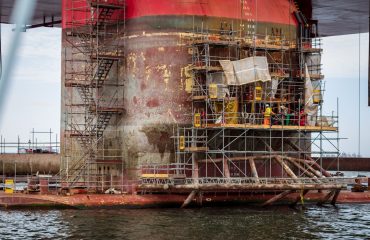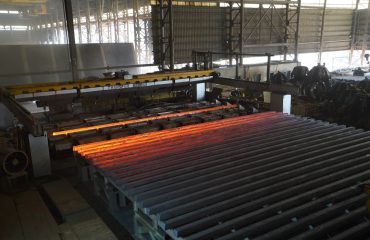In today’s competitive global market, maintaining high-quality production while adhering to stringent regulatory standards is paramount. ISO standards provide a framework for achieving this, offering a path to improved efficiency, reduced risks, and enhanced customer satisfaction. This comprehensive guide delves into the intricacies of ISO-compliant production processes, providing a practical blueprint for success.
1. Understanding the Relevance of ISO Standards in Production
ISO (International Organization for Standardization) develops and publishes international standards that cover a vast array of industries and processes. For manufacturing and production, specific ISO standards, such as ISO 9001 (Quality Management Systems), ISO 14001 (Environmental Management Systems), and ISO 45001 (Occupational Health and Safety Management Systems), are crucial. These standards provide a structured approach to managing various aspects of production, ensuring consistency, traceability, and continuous improvement. Adherence to these standards not only demonstrates a commitment to quality and safety but also opens doors to new markets and strengthens brand reputation. Companies certified to these standards often gain a competitive advantage, attracting clients who prioritize quality and responsible practices.
2. Implementing a Robust Quality Management System (QMS) – ISO 9001
ISO 9001 forms the cornerstone of many ISO-compliant production processes. A robust QMS, built upon the principles of ISO 9001, encompasses all aspects of production, from planning and design to delivery and post-production support. Key elements include: defining clear processes and procedures; establishing documented workflows; implementing regular internal audits; conducting management reviews; and consistently monitoring and measuring performance against predetermined targets. A well-defined QMS ensures that products and services consistently meet customer requirements and applicable regulatory standards. This involves meticulous documentation of all processes, clear roles and responsibilities, and a system for identifying and addressing non-conformances. Continual improvement is a core tenet of ISO 9001, driving ongoing refinement and optimization of processes.
3. Integrating Environmental Considerations – ISO 14001
ISO 14001 focuses on environmental management. For production processes, this translates to minimizing environmental impact throughout the lifecycle of a product. This includes reducing waste generation, conserving energy and resources, and managing emissions effectively. Implementation requires establishing environmental objectives and targets, identifying potential environmental aspects and impacts, and implementing control measures to mitigate risks. Regular environmental monitoring and auditing are essential to ensure compliance and identify areas for improvement. ISO 14001 promotes a proactive approach to environmental responsibility, fostering sustainable practices and contributing to a healthier planet. This can lead to cost savings through reduced waste and improved resource efficiency, as well as enhanced brand image and stakeholder trust.
4. Prioritizing Occupational Health and Safety – ISO 45001
ISO 45001 emphasizes the importance of workplace health and safety. In a production environment, this involves minimizing risks to employees’ physical and mental well-being. Implementation involves identifying hazards, assessing risks, and implementing control measures to eliminate or mitigate them. This includes providing appropriate training, personal protective equipment (PPE), and safe working procedures. Regular safety inspections, incident reporting, and investigation are crucial for identifying areas for improvement and preventing future accidents. ISO 45001 promotes a proactive and preventative approach to occupational health and safety, creating a safer and more productive work environment. This leads to reduced workplace accidents, improved employee morale, and increased productivity.
5. Maintaining Compliance and Continuous Improvement
Achieving ISO compliance is not a one-time event; it’s an ongoing process. Regular internal audits, management reviews, and external certifications are essential to maintain compliance and identify areas for improvement. The process should be integrated into the company culture, with all employees understanding their roles and responsibilities in maintaining the ISO standards. Continual improvement is a key principle of all ISO standards, encouraging organizations to constantly seek ways to enhance their processes and performance. This might involve adopting new technologies, improving training programs, or streamlining workflows. Regular monitoring of key performance indicators (KPIs) is crucial to track progress and identify areas needing attention. By embracing continuous improvement, organizations can ensure the long-term effectiveness of their ISO-compliant production processes.
By implementing and maintaining ISO-compliant production processes, businesses can significantly enhance their operational efficiency, product quality, and overall sustainability, positioning themselves for success in a highly competitive global marketplace.
Tags: ISO 9001, ISO 14001, ISO 45001, Production Processes, Quality Management System




